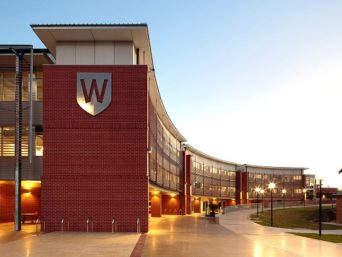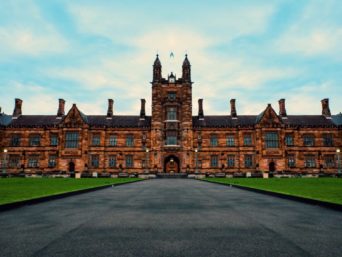About University of Newcastle Australia
The University of Newcastle (UON), informally known as Newcastle University, is an Australian public university established in 1965. It has a primary campus in Callaghan, a suburb of Newcastle, New South Wales. The university also operates campuses in Ourimbah, Port Macquarie, Singapore, Newcastle CBD and Sydney CBD.
Historically, the University of Newcastle Medical School has implemented the problem-based learning system for its undergraduate Bachelor of Medicine program – a system later mandated for use by the Australian Medical Council throughout Australia. It pioneered use of the Undergraduate Medicine and Health Sciences Admission Test (UMAT) in the early 1990s. UMAT has since been accepted widely by different medical schools across Australia as an additional selection criteria.
The University of Newcastle is a member of Universities Australia and the Association to Advance Collegiate Schools of Business.

History
Establishment:
The earliest origins of the present-day University of Newcastle can be traced to the Newcastle Teachers College (established 1949) and Newcastle University College (NUC, established 1951). NUC was created as an offshoot of the New South Wales University of Technology (now known as the University of New South Wales) and was co-located with the Newcastle Technical College at Tighes Hill. At the time of its establishment, NUC had just five full-time students and study was restricted to engineering, mathematics and science.
Independence
Throughout the 1950s and 1960s, Newcastle residents campaigned for NUC to be re-constituted as a university in its own right. The campaign was ultimately successful, with the University of Newcastle being established as an autonomous institution on 1 January 1965 by gubernatorial proclamation under the University of Newcastle Act 1964 (NSW). The new university was granted a heraldic coat of arms by the College of Arms in London, an event seen by many in the community as signifying the new institution’s independence.In 1966, the University relocated from Tighes Hill to a largely undeveloped bushland site in Shortland.
As enrolments grew, the University embarked on a major building program and redeveloped the Shortland site into the Callaghan campus, named for Sir Bede Callaghan, foundation member of the University council and chancellor from 1977 to 1988.
Students at the university celebrate Autonomy Day on 1 July of each year. According to unverified sources, official autonomy was marked on 1 January 1965 with a “symbolic ceremonial bonfire held at the site of the Great Hall”.This celebration is said to have been officiated by Professor Godfrey Tanner who is said to have poured wine libations onto the ground as to “sanctify the land upon which the University rests”. Since the university technically became autonomous on 1 January 1965 autonomy day should be held on 1 January. 1 July actually coincided with the New South Wales University of Technology’s autonomy from the Public Service Board’s authority on 1 July 1954. According to Don Wright, students interpreted Autonomy Day as celebrating the autonomy of the University of Newcastle from the University of New South Wales. The students were entitled to give the celebration whatever meaning they chose. The fact that they called it ‘autonomy day’ heightened the students’ sense of the importance of autonomy and their need to defend it against outside interference.
Campus
The university offers online, face-to-face, or a mix of the two, with campuses at Callaghan, Ourimbah, Port Macquarie, Singapore and Sydney CBD. The university also has three premises within the Newcastle city centre.



